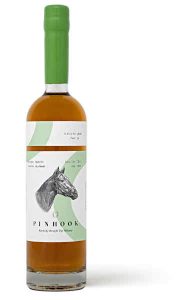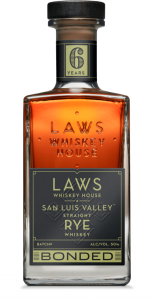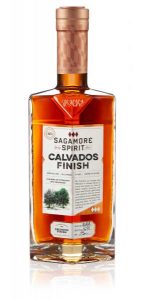Grand Traverse Distillery Islay Rye Whiskey
Grand Traverse Distillery Islay Rye Whiskey
45% ABV
$50 (for a 375 mL)
Website

What the Distillery Says
Islay Rye (eye-la) is a small batch Rye Whiskey that takes two of our favorite things and combines them into something awesome and unique!
The mash bill is composed of 80% Rye and 20% Peated Malted Barley, making this a Rye Whiskey with a heavy nod to Islay Single Malt Scotches. Islay Rye is sure to please anyone who appreciates the bold flavor and subtle spice of a rye whiskey or the mellow smokiness and near floral character of a master-crafted Islay Single Malt.
We do not chill filter our whiskies so the taste and aroma is pure still and barrel. Enjoy!
What Gary Says
Nose: Musty damp cardboard, mineral notes from freshly shoveled earth, old pencils, husky malt, given enough time I get rye baked bread (but having to work for it).
Palate: Round mouthfeel, sweet rye spice with a bit of dill and a subtle citrus note; earthy notes with black tea.
Finish: Short and drying, with earthy mineral notes.
Comments: I love rye whiskey, and I love Islay single malts. When a friend had recommended this, I had really high hopes – which may have been my undoing. As a small distillery, perhaps there is a lot of variation batch to batch, as having read and watched their reviews – I can’t imagine what was in the bottle I got was the same whiskey. I really wanted to like this, but didn’t.
In fact, this is one of the few whiskies I have that I wouldn’t drink. I tried leaving it sit in the glass for 30 minutes (which definitely made some difference), and while that allowed me to get a bit more out of it – the earthy/mineral notes were still pretty prominent, and just not in my wheelhouse. I’ll share out in samples what is left from the bottle so friends and family can experience it for themselves (and they may have very different impressions). For me, there wasn’t any Islay smoke or peat going on. There was loads of earthiness – reminds me on the nose of when I till the garden for the first time each spring. This is only available from their tasting rooms, so likely unless you’re passing through Michigan you may never encounter. If you are in one of their tasting rooms, I’d definitely ask for a sample before buying.





